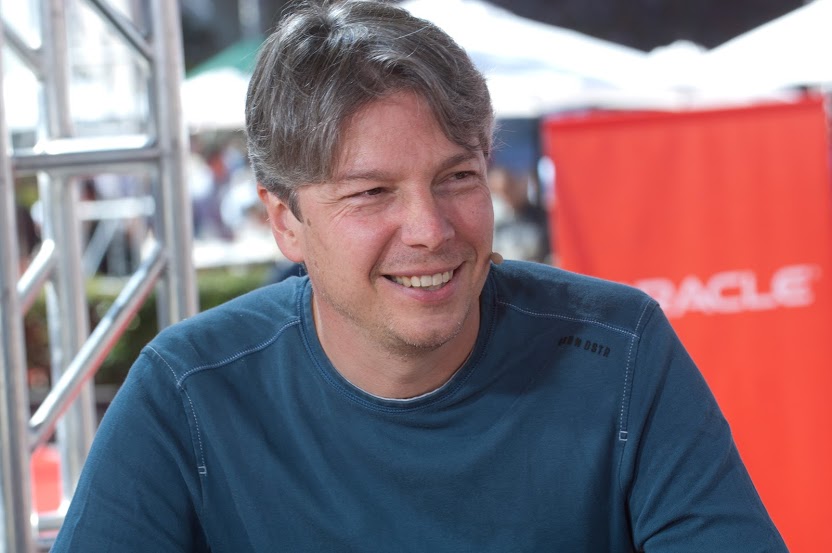 NEWS
NEWS
 NEWS
NEWS
 NEWS
NEWS
Hospitals aren’t front and center in the Big Data game, but they are major players. Medical records and personal information are the lifeblood of hospitals, while drug and treatment data can be invaluable for doctors and patients. All of this information must pass through secured networks to the right people at the right time. As Big Data and the Cloud goes, so goes the medical world.
To talk about this merger of the tech and medical industries, John Furrier and Brian Gracely, cohosts of theCUBE, from the SiliconANGLE Media team, met with Reinoud Reynders, IT manager of infrastructure and operations at UZ Leuven hospital in Belgium, during the Oracle Open World 2015 conference.
The conversation opened with a look at what the UZ Leuven hospital does with its information technology. Reynders explained how the hospital uses electronic patient records to do away with paper, using a system they built in-house. This system controls orders, workflow and records. These records are often shared with other doctors and hospitals, so the system also ensures it remain accurate after changing hands.
Because so much of this data relates to people with real-world problems, and real-world consequences, getting the user experience right is vital. The physicians and nurses are the first customers, Reynders said, because they need the right data whereever they are in the hospital. A doctor, Reynders explained, wants information on the immediate situation, but also needs access to the patient’s years-old medical history.
Powerful new hardware has given software developers powers beyond what they’ve seen before. Reynders pointed out that his team was very interested in exploring the use of security systems built-in to the hardware. Software security is hard enough, he said, with thousands of users on the system, so the developer team was thrilled with the idea of bolstering their security with hardware support.
Reynders then revealed the secret to creating agile infrastructure: The tech teams in his company work together. They created a close integration of developers, database admins and other tech people to produce a team that helps each other. The result is a very flexible group that can handle the necessary ups and downs of the hospital business.
Watch the full video interview below, and be sure to check out more of SiliconANGLE and theCUBE’s coverage of Oracle OpenWorld 2015. And join in on the conversation by CrowdChatting with theCUBE hosts.
THANK YOU